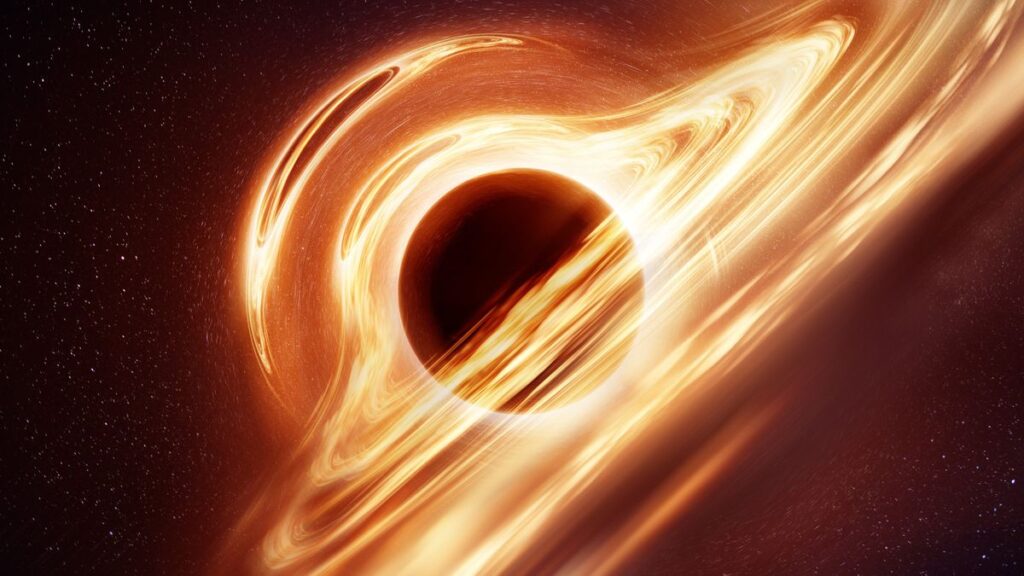Chinese astronomers report that they have observed a phenomenon of X-ray obscuration in the galaxy NGC 6814. Something has obscured the intense X-ray emission coming from the gas and dust surrounding of the supermassive black hole.

Black Hole Obscuration
Usually, when talking about obscuration related to black holes, it means that they are blocking certain sources of emission from our view. However, researchers from the Chinese University of Science and Technology have recently reported the opposite phenomenon.
There is a supermassive black hole in the center of every large galaxy. Quite often, gas and dust fall onto them and a portion of their mass converts into intense emission, which we can detect from millions of light-years away. In this case, it is referred to as the active nucleus of the galaxy.
This is the case with the stellar system NGC 6814, which Chinese astronomers studied using the orbital X-ray telescope XMM-Newton. In the published article, they explained that they observed something temporarily block the intense emission from the black hole.
Such X-ray obscuration phenomena are extremely rare. They have only been observed 4 or 5 times so far. Therefore, researchers couldn’t miss the rare opportunity to study them using the orbital observatory.
What Researchers Managed to See
Both the X-ray corona of the black hole and the object that is obscuring it are too small to be directly seen from such a vast distance. However, by analyzing how the X-ray spectrum changes during the obscuration, researchers were able to gather substantial information.
To analyze this, scientists used the “flux-color” diagram, which showed that the “softer” the X-ray emission becomes, the brighter it is. Overall, they concluded that the object obscuring the black hole is larger than the black hole itself and consists of individual clumps moving together.
Additionally, researchers identified two additional obscuration factors. They are much less dense than the main obscuring object and move alongside it. These are likely dust particles torn from the cloud by the tidal forces of the black hole, forming something akin to a comet’s tail.
From all indications, the object that eclipses the black hole is part of the outflows from its own accretion disk. This cloud of rocky fragments and dust moves at speeds of up to 10,000 km/s. The X-ray corona itself is very small. Its diameter is only 10 gravitational radii of the central object.
Source: phys.org.

